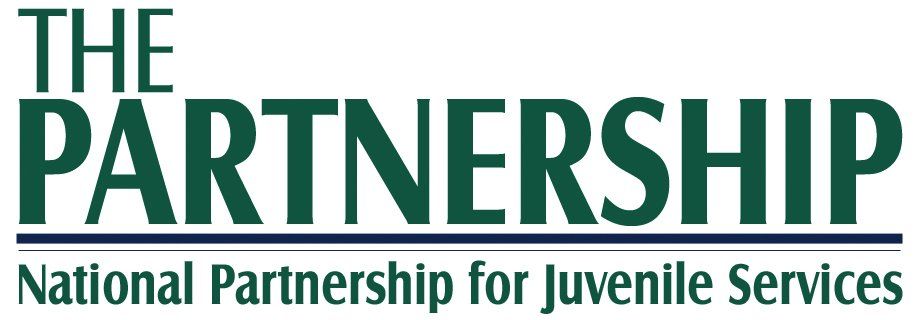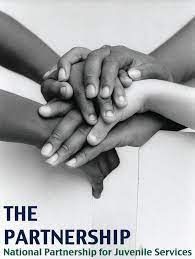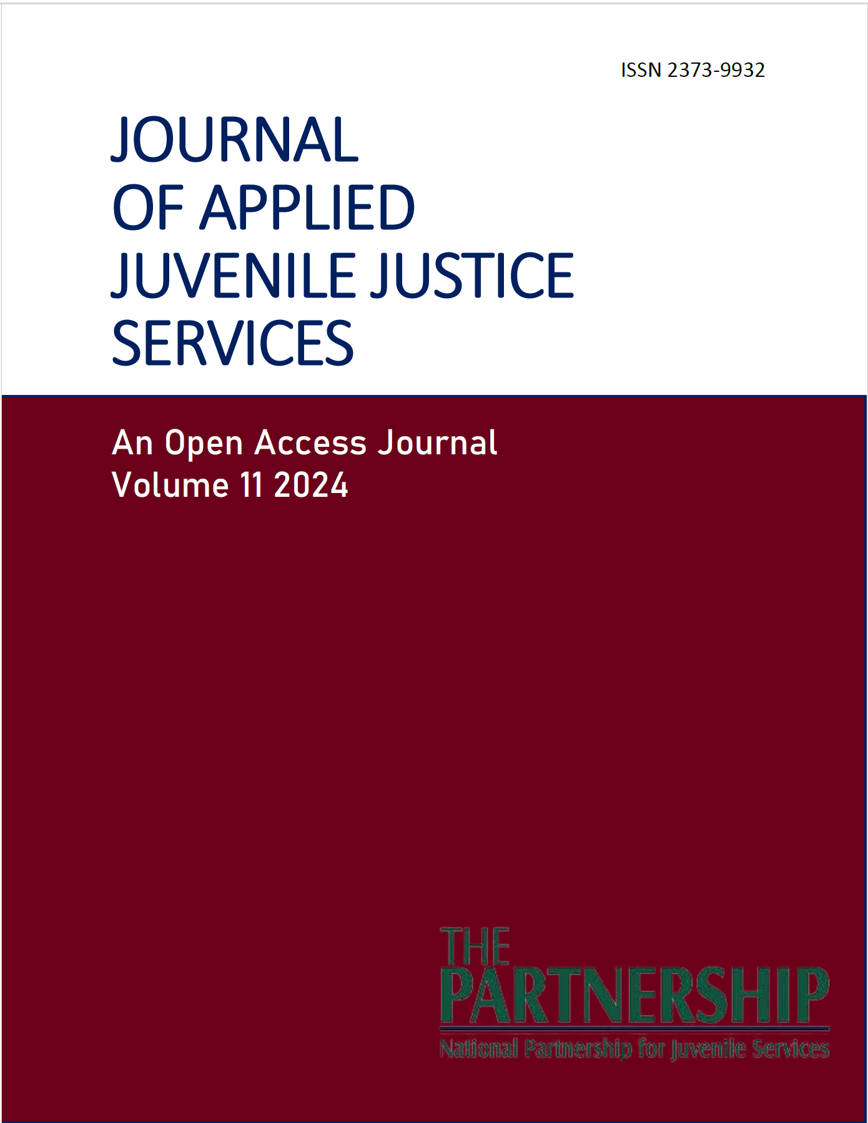Toward Social and Emotional Learning for Justice-Involved Youth: A Conceptual Framework
Highlights
- This conceptual article proposes integrating the social and emotional learning (SEL) framework into the JJS to support rehabilitation efforts for justice-involved youth.
- An effective conceptual framework for the JJS requires careful consideration of the systemic challenges imposed on justice-involved youth before, during, and after justice system involvement.
- Through JJS-SEL justice-involved youth could learn to develop and manage healthy emotions and are better prepared to avoid at-risk behaviors leading to justice system involvement and recidivism after release.
Abstract
Social and emotional learning (SEL) has been used in many K-12 schools across the United States to improve academic and nonacademic outcomes. Extensive research affirms SEL’s benefits for students in educational settings. However, there is a research gap in adaptations of SEL for alternate settings. This article conceptualizes a SEL framework for justice-involved youth on community supervision to support rehabilitation efforts in the juvenile justice system (JJS). Integrating SEL into JJS may reduce recidivism and help justice-involved youth develop the skills to reintegrate into society successfully.
Keywords
Social and Emotional Learning, Justice-Involved Youth, Juvenile Justice System, Schools
INTRODUCTION
The American juvenile justice system’s (JJS) mission to rehabilitate and divert young offenders from the adult criminal court has fallen short where, on average when measuring rearrest, 70 to 80 percent of youth released from juvenile detention facilities recidivate—re-offend—in two to three years (Whitehead & Lab, 2018). This shortcoming, in part, stems from the limited availability and implementation of proven rehabilitation programs (Elliot et al., 2020). Furthermore, the use of outdated deterrence models in program design and invalidated interventions with no conceptual foundation has had little to no impact on juvenile rehabilitation and, according to some research, has worsened recidivism (Ritz, 2022). Preventing recidivism for all justice-involved youth, both in and out of confinement facilities, remains a challenging issue that juvenile justice practitioners may resolve with interventions that support successful rehabilitation and reintegration (Henggeler & Schoenwald, 2011; Lipsey & Howell, 2012).
Existing scholarship has indicated some positive impacts of counseling and restorative justice on rehabilitation (Whitehead & Lab, 2018). Similarly, a 40-year meta-review found positive treatment effects of social therapy on recidivism for serious offenders in juvenile detention facilities (Hausam et al., 2022). Therapy can help young offenders develop and improve coping strategies (Kratcoski et al., 2020). Furthermore, the current balanced and restorative justice approach has assisted young offenders in understanding the impact of their actions on the victim, community, and themselves in an attempt to repair the harm (Whitehead, 2022). Despite these positive effects, therapy and restorative justice do not go far enough in building the social-emotional competencies of justice-involved youth. Other challenges in variations in state policies and resources in JJSs across the US may contribute to these program gaps (Elrod & Ryder, 2020). Accordingly, few programs exist in juvenile confinement facilities that develop responsible decision-making, self-management, social awareness, and relationship-building—skills that, according to research, may reduce the likely-hood of recidivism (CASEL, 2015; Robertson et al., 2020). Thus, justice-involved youth leave JJS without the adequate skills to manage their emotions and successfully reintegrate.
Consequently, incarceration is often overused as a response to recidivism despite decades of research substantiating that punitive consequences are not the best practice (Lambie & Randell, 2013; Loeffler & Nagin, 2022). In fact, incarcerating youth has been associated with adverse outcomes, including an increased risk of recidivism and future involvement in the adult criminal justice system (Copeland et al., 2023). A meta-analysis of 548 interventions showed an 8% increase in recidivism rates after punitive consequences (Lipsey, 2009). Moreover, systemic issues related to disparities experienced by certain minority youth call into question the fairness of JJS (Zane & Pupo, 2021). Specifically, African American, Hispanic, transgender, and youth in special education are overrepresented in JJS, particularly in confinement facilities (Trotta, 2024). Research indicates that racial inequality in juvenile court processing and sentencing impacts minorities at a disproportionate rate, making equitable opportunities for rehabilitation less likely (Poe-Yamagata, 2009; Whitehead & Lab, 2018). In a JJS, where Black youth are 4.7 times more likely to be detained compared to their White counterparts, there is a need to explore approaches other than incarceration (Rovner, 2023).
As public concern persists, not only over the adverse outcomes for those at risk of reoffending but also for the broader community and their safety, identifying approaches to reduce recidivism and reincarceration remains a top priority. Fortunately, emerging research on potential frameworks is being explored. This conceptual article proposes integ-rating the social and emotional learning (SEL) framework into JJS to support rehabilitation efforts for justice-involved youth. Extensive research has been conducted on SEL in educational settings (Gimbert et al., 2023; Oberle et al., 2020). Employing this evidence-based approach with demonstrated positive effects on student problem behavior may help rehabilitation efforts for justice-involved youth. Constructing an effective framework to combat recidivism and rehabilitate justice-involved youth requires a closer look at current JJS practices that exacerbate recidivism. Answering the question— Is SEL a plausible approach for rehabilitating justice-involved youth? —requires delving deeper into JJS practices and understanding how implementing SEL into a JJS context can positively impact justice-involved youth. To the author’s know-ledge, this article offers a novice perspective on moving toward SEL in JJS, exploring the potential challenges and benefits of such a decision. Considering the high rate of recidivism after release from juvenile confinement facilities and the research gap in effective frameworks, an urgent need exists to explore emerging approaches for justice-involved youth (Bouffard et al., 2017; Tolan et al., 2008).
Research on SEL in Educational and Alternative Settings
The Collaborative for Academic, Social, and Emotional Learning (CASEL) defines SEL as a process through which youth build practical skills to manage emotions, achieve goals, express empathy, maintain healthy relationships, and improve decision-making. SEL comprises five core competencies research supports as critical to high academic achievement and overall student success—self-awareness, self-management, social awareness, relationship skills, and responsible decision-making (CASEL, 2015). Beyond the educational benefits, extensive research supports SEL’s effectiveness for nonacademic outcomes, including reducing problem behavior (Mahoney & Weissberg, 2018; Weare & Nind, 2011; Weissberg, 2019; Zins, 2004). Problem behavior in the classroom involves continuous disruptions that hinder learning (Payton et al., 2014). Poor emotional management and development often cooccur with problem behavior, poor decision-making, and a lack of self-control, leading to an increased risk of JJS involvement (Eisenberg et al., 2000; Lopes et al., 2012).
A review of the literature over the past decade has shown the success of SEL in various classroom types across the US (Corcoran et al., 2018; Lawson et al., 2019). SEL helps teachers cultivate a healthy learning environment, improving classroom management, quality instruction, and student engagement (Jones et al., 2017; Low et al., 2019; Schonert-Reichl, 2017, 2019a). Students participating in SEL programs learn habits to enhance self-discipline and prosocial skills (Zins & Elias, 2007). Additionally, SEL programs provide youth with the skills to manage emotions, enhancing their resiliency and overall well-being (Bierman et al., 2010; Gueldner et al., 2020; LaBelle, 2019). Evidence-based SEL programs improve academic outcomes, provide measurable skills to thousands of students annually, and position teachers to cultivate a conducive and healthy classroom environment (Berg et al., 2019; Dusenbury & Weissberg, 2017). Although the success of SEL in the educational system has been well-documented by research literature for children, similar studies have found no program effects for adolescents (Social and Character Development Consortium, 2010; Jeager, 2019).
The idea of implementing SEL beyond schools is not new. SEL has been evaluated in some US house-holds with participating families reporting more connectedness and better relationships (Cipriano et al., 2020). Several studies note variations of SEL (Durlak et al., 2011; Cipriano et al., 2023). For example, transformative SEL (T-SEL) seeks to increase educational equity in schools (Jagers et al., 2019). Social-emotional learning for social-emotional justice (SEL-SEJ) attempts to incorporate social justice in education (Higheagle Strong & McMain, 2020). Beyer (2017) explored SEL in confinement facilities, noting the restrictive nature and design that makes it difficult to address social-emotional needs.
With more than 80% of juvenile justice-involved youth experiencing emotional traumas, SEL can help address their social-emotional needs (Dierkhising et al., 2013). Children facing adverse childhood experiences (ACEs)—trauma events occurring before 18—tend to suffer poor later-life outcomes that negatively impact their overall well-being (Centers for Disease Control and Prevention, 2019). Providing justice-involved youth, both in and out of confinement facilities, with social-emotional skills while preparing them for successful reentry into their communities should be central to a successful framework. SEL may help young offenders understand the impact of their actions while fostering responsible decision-making (CASEL, 2015). For this reason, there has been a growing push in recent years to ensure that SEL programs are also trauma-informed to provide students with the support needed to exhibit fewer conduct problems, alleviating the cycle of JJS involvement (Greenberg et al., 2017; Pawlo et al., 2019). Constructing a universal juvenile justice system social and emotional learning (JJS-SEL) framework has been underexplored.
Building on existing social and emotional research, the JJS-SEL conceptual framework aims to address long-term change for justice-involved youth on community supervision, with the goal of expanding implementation in juvenile confinement facilities. Community supervision (e.g., probation, intensive supervision, etc.) involves programs that allow juvenile offenders to remain in the community and rehabilitate (Goshe, 2019). JJS-SEL aims to help justice-involved youth develop social-emotional skills to rehabilitate and reintegrate into the community. JJS-SEL depicts three interrelated components—integration, engagement, and development—to assist justice practitioners (e.g., probation officers) with their rehabilitation efforts. The first concept is integration and relates to how justice practitioners can integrate SEL into community supervision practices. Because monthly monitoring is typically required for justice-involved youth on community supervision, justice practitioners trained in SEL can deliver content. The second concept is engagement which involves interacting with justice-involved youth in a manner to foster a supportive space for them. Thus, engagement relates to how juvenile practitioners reinforce the SEL skills—self-awareness, self-management, social awareness, relationship-building, and responsible decision-making—for justice-involved youth. Finally, JJS-SEL focuses on skill development for justice-involved youth. Thus, development relates to how justice practitioners help build prosocial skills for young offenders and support healthy emotions. By integrating SEL components into community super-vision by way of justice practitioners, justice-involved youth may develop the skills to rehabilitate and reintegrate into the community successfully.
DISCUSSION
Historically, JJS has overly relied on ineffective restrictive and deterrence practices and policies to address recidivism (Wilson & Petersilia, 2002; Whitehead, 2022). More recently, efforts to identify programs and practices with proven success have been expanded and implemented in various settings and varying degrees of scale. The challenge for many JJS agencies has been identifying and implementing effective strategies to help youth develop emotions and improve management and regulation, which could reduce the likelihood of delinquency and recidivism (Kemp et al., 2017).
Thus, an effective conceptual framework for the JJS requires careful consideration of these challenges affecting justice-involved youth before, during, and after justice system involvement. This article addresses how the educational framework of SEL could be integrated into JJS to develop social and emotional skills for justice-involved youth. Given the gap in research in this area exploring an SEL framework in JJS warrants further investigation. Looking deeper into schools for guidance may help implement effective SEL programs into systems beyond education. SEL has improved the school climate for teachers and students (Greenberg, 2023). A secondary analysis of a social and emotional curriculum for kindergarten–first-grade students revealed positive impacts on self-regulation, behavioral functioning, social-emotional learning, and vocabulary (Daunic et al., 2023). SEL has also positively impacted resiliency and mental health (LaBelle, 2019).
The proposed JJS-SEL conceptual framework should encompass key aspects of SEL like building prosocial skills to manage emotions and improving decision-making while creating an overall system where integration, engagement, and development are at the forefront. Integrating SEL in JJS requires support and cooperation from community supervision justice practitioners. Through active engagement with justice practitioners trained in SEL content, justice-involved youth could develop the skills to improve self-awareness, self-management, social awareness, relationship-building, and responsible decision-making. Implementing SEL in community supervision may reduce subsequent delinquent behavior and recidivism and provide justice-involved youth with effective, site-based interventions that ensure behavioral and social-emotional success after release. Through JJS-SEL justice-involved youth could learn to develop and manage healthy emotions and be better prepared to avoid at-risk behaviors leading to justice system involvement and recidivism after release. Finally, sustaining an effective JJS-SEL program will require frequent assessments to measure the intended outcomes and determine if expansion into juvenile confinement agencies is possible.
To continue reading, download the full open access article.



